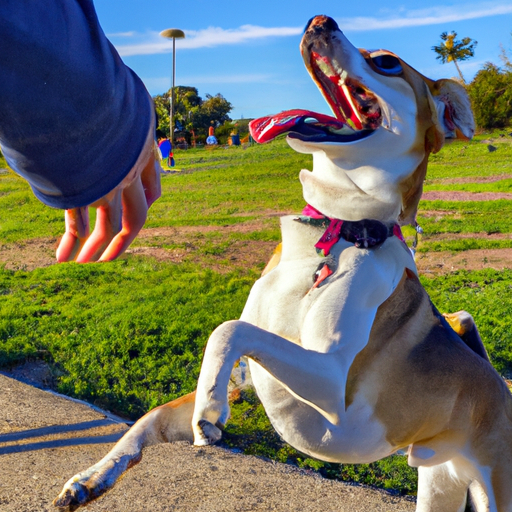When you are a caregiver to a dog, a key skill to learn is how to get your furry friend to come to you. This skill, often referred to as recall, is essential for keeping your dog safe. It allows you to control situations, preventing potential dangers or misbehavior. Here are some expert tips to help you master this skill.
1. Understand the Importance of Recall
Recall is not just a simple command. It’s an essential safety measure. It’s the key to preventing your dog from running into traffic, chasing after other animals, or getting lost. It’s also crucial in situations where your dog might be causing a nuisance or getting into mischief. Thus, having a reliable recall is a sign of a well-behaved dog and a responsible pet owner.
2. Start with the Basics
Before you start training your dog to come to you, there are a few basic commands that your dog should know. These include:
- Sit: Your dog should be able to sit on command.
- Stay: Your dog should be able to stay in one place until you give them permission to move.
- Focus: Your dog should be able to focus on you, ignoring distractions around them.
| Command | Purpose |
|---|---|
| Sit | To keep your dog in one place |
| Stay | To prevent your dog from moving without permission |
| Focus | To help your dog ignore distractions |
3. Choose the Right Environment
Start training in a quiet, distraction-free environment. This could be your living room, backyard, or a quiet park. As your dog gets better at recall, you can gradually introduce more distractions.
4. Use Positive Reinforcement
Positive reinforcement involves rewarding your dog for doing something right. Use treats, praise, or toys to reward your dog when they come to you. This will make them associate coming to you with positive experiences.
5. Be Consistent
Consistency is key in dog training. Always use the same command and reward your dog every time they come to you. This will help your dog understand what you want from them.
6. Practice Regularly
Like any other skill, recall requires practice. Set aside some time each day for recall training. This doesn’t have to be a long session; even 10-15 minutes a day can make a big difference.
7. Gradually Increase the Difficulty
Once your dog is reliably coming to you in a quiet environment, start increasing the difficulty. This could mean calling them when they’re distracted, increasing the distance between you, or practicing in a busier environment.
8. What to Do if Your Dog Doesn’t Come
If your dog doesn’t come when called, don’t punish them. Instead, go back to the basics. Practice in a quieter environment or reduce the distance between you. Remember, patience and consistency are key.
FAQs
Q: What kind of treats should I use for training?
A: Use something your dog really loves. This could be small pieces of chicken, cheese, or a favorite dog treat. The key is to use something they find irresistible.
Q: My dog comes when called at home but not at the park. What can I do?
A: This is a common problem. The park is a more distracting environment. Start by reducing the distance between you and gradually increase it as your dog gets better at recall.
Q: My dog is older, can they still learn recall?
A: Absolutely! While it’s often easier to train puppies, older dogs can still learn new skills. The key is patience, consistency, and positive reinforcement.
Q: My dog sometimes comes when called and sometimes doesn’t. What am I doing wrong?
A: It could be a number of things. Maybe the environment is too distracting, or maybe you’re not being consistent enough. Try going back to the basics and gradually increasing the difficulty.
Remember, training your dog to come when called is a process. It requires patience, consistency, and dedication. But the payoff is a well-behaved dog and peace of mind knowing that your pet is safe.



